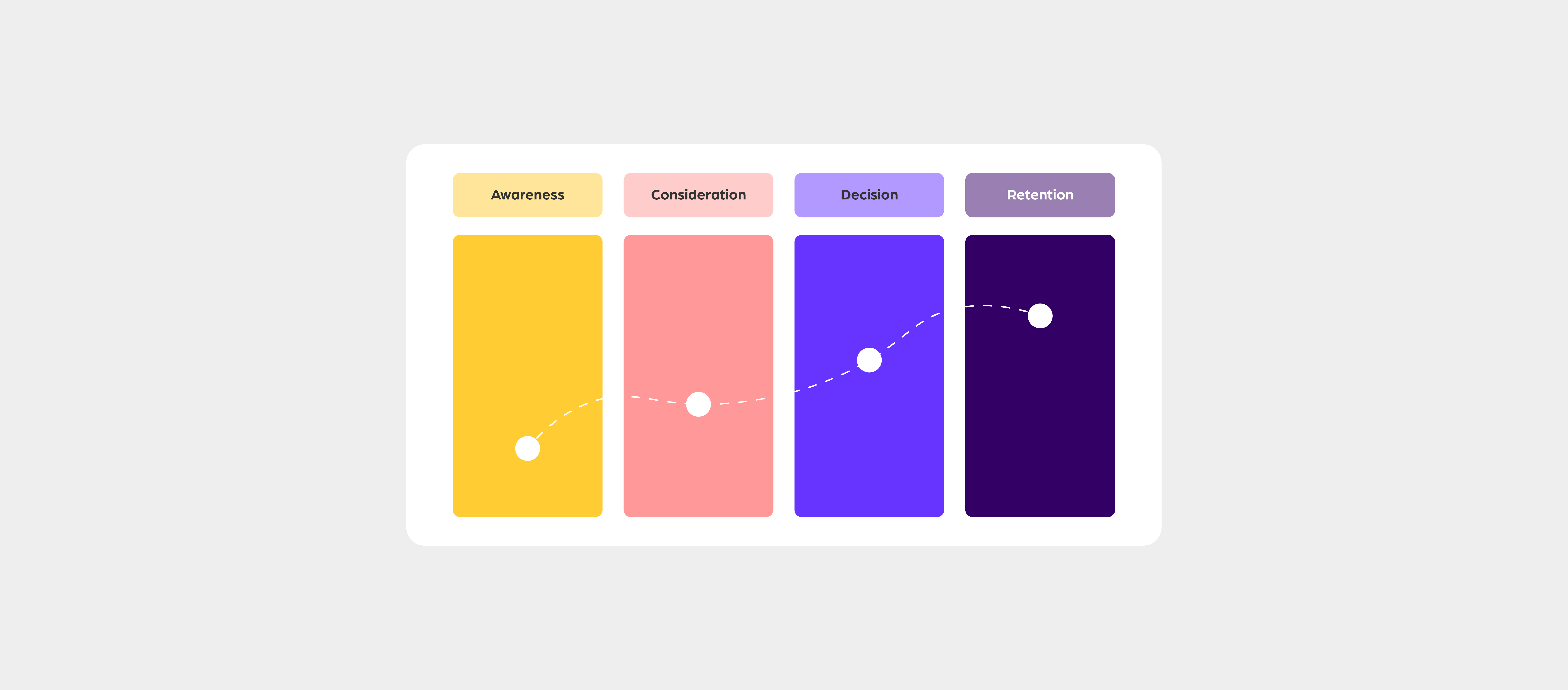Page content
The Rise of the conscious customer
According to Deloitte’s latest consumer behavior survey, consumers are proactively pursuing a sustainable lifestyle by purchasing from brands with ethical or environmental procedures or avoiding those with concerning practices altogether. Additionally, a survey conducted by Accenture revealed that 62% of consumers worldwide want companies to actively address pressing issues such as sustainability, transparency, and fair employment practices. Meanwhile, according to Nielsen, 81% of global consumers feel strongly that companies should help improve the environment.
You think you own your business, but you don’t. Customers do.
And with the rise of sustainability-conscious consumers, it’s more important than ever for brands to meet these new expectations. They want to know that the brands they support are doing their part to protect the planet. Impact-driven businesses should leverage this trend by prioritizing sustainability in their brand strategy and providing customers with an optimized customer journey that meets their evolving needs and expectations. Only by doing so can they meet the sustainability expectations of their clients and transform them into successful long-term profitability.

Can conscious customers drive industry change?
Consumer insights show a growing awareness of the negative environmental impact of their purchases, and brands are beginning to respond. Discover how understanding your audience can lead to innovation and growth.
Understanding the Customer Journey
The customer journey refers to the entire lifecycle of interactions and experiences a customer has with a business. It encompasses every touchpoint, both online and offline, that a customer encounters while interacting with a brand. These touchpoints can include advertisements, social media interactions, website visits, customer service interactions, and more. The customer journey can be broken down into four stages:
- Awareness: At this stage, the customer becomes aware of your brand and what you have to offer. This can happen through marketing efforts like social media ads or word-of-mouth recommendations from friends and family.
- Consideration: Once a customer is aware of your brand, they start considering whether or not they want to engage with it further. This might involve researching your products or services, reading reviews, or comparing prices with competitors.
- Decision: If a customer decides to purchase your brand, this is the decision stage. At this point, the customer is weighing the benefits of your product or service against the cost.
- Retention: Finally, the retention stage refers to the ongoing relationship between the customer and the brand. This could include repeat purchases, leaving reviews, or recommending the brand to others.
Customer Journey map
Customer journey mapping is a vital tool for businesses aiming to optimize their customer experience. It visualizes and understands the customer’s interactions, emotions, and touchpoints from awareness to purchase and beyond. By gaining insights into the customer’s experience, their needs, expectations, and behaviors at each touchpoint, businesses can identify pain points and discover opportunities for improvement.
For impact-driven businesses, customer journey mapping is crucial for aligning touchpoints with sustainability goals. It encourages collaboration among departments like marketing, sales, and customer service to deliver a sustainable and impactful customer experience. It’s an ongoing process of improvement, allowing businesses to stay agile and responsive to evolving sustainability trends. Whether it’s highlighting eco-friendly product features, showcasing responsible manufacturing processes, or offering sustainable packaging options, customer journey mapping ensures that sustainability is seamlessly integrated into every step of the customer’s interaction with the brand.
Benefits of an optimized customer journey
Optimizing your customer journey always benefits businesses; it can increase customer satisfaction, conversion, and the ability to create a competitive advantage in an ever-evolving customer-driven marketplace.
- Stronger Customer Satisfaction
By providing an optimized experience, businesses can create a positive experience that leaves customers satisfied and valued. - Improving brand reputation and customer loyalty
By prioritizing sustainability, businesses can build a reputation as impact-driven brands that care about their customers’ future. This can lead to increased customer loyalty and advocacy, as customers are more likely to stay loyal to a brand that aligns with their values. - Increasing Conversion Rates
By creating a seamless experience for customers, businesses can remove potential barriers to purchase and make it easier for customers to complete transactions. This optimized process can lead to increased conversion rates and, consequently, higher revenue. - Fostering Innovation
By understanding customer needs and pain points, businesses can uncover innovation opportunities. This understanding allows them to develop new and improved products, services, or processes that directly address customer challenges and enhance their overall experience. This commitment to innovation enhances the customer journey and allows businesses to stay relevant, adapt to evolving market trends, and sustain long-term success. - Competitive Advantage
By providing an optimized customer experience, sustainable businesses can differentiate themselves and create a competitive advantage. In this customer-driven marketplace businesses prioritizing customers are more likely to stand out from the competition and succeed in the long term. - Improving Sustainability
Finally, by focusing on the most effective channels and touchpoints, businesses can reduce waste and create a more impactful business model and strategy. This can help reduce their impact and contribute to greater sustainability for businesses, the planet, and its people.
Customer Journey at Quest Studio
At Quest Impact Design Studio, we aim to optimize your customer satisfaction and retention rate by taking your customer experience to a higher level.
How do we do it?
Market & competitor research: We analyze your industry, including your competition, to provide key insights, relevant case studies, business models, applicable frameworks, and inspiration with diverse applications. We conduct comprehensive interviews with employees to capture the full scope of your organizational activities and identify needs and opportunities related to sustainability and CX.
Inside-out journey: We develop inside-out customer journey maps for each customer segment, including a digital and adaptable version. Through this collaborative process, we ensure a comprehensive understanding of the customer experience and facilitate the creation of a robust CJM.
Stakeholder interviews: We interview relevant stakeholders to understand how they perceive you in the industry, comprehend their actions, frustrations, and delights, and identify gaps, pains, and gains in their customer journey. We align this insight with what customers prioritize when it comes to sustainability.





